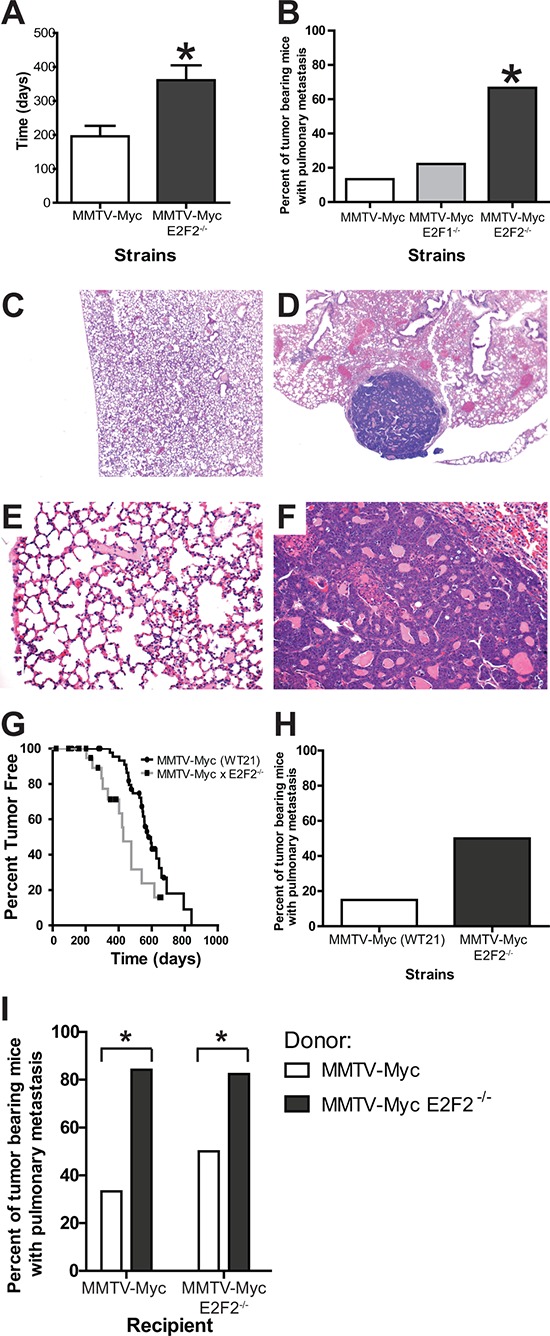Figure 1. E2F2 loss induces metastasis in Myc driven tumors.

MMTV-Myc transgenic mice were interbred with E2F2−/− mice and tumor latency was examined. Myc tumors developing in the absence of E2F2 had a significantly increased time to tumor onset (A. p = 0.0057). Metastasis is rarely observed in MMTV-Myc mice with only 13% of tumor bearing mice having lung metastasis (B. n = 2/15). Metastatic incidence is increased to 67% when Myc tumors develop in the E2F2 knockout background (n = 6/9; p-value = 0.0361). Histology of a MMTV-Myc mouse lung showing the absence of lung metastasis at 4X C. compared with the metastases observed in the MMTV-Myc E2F2 null strain D. Increased magnification (20X) of these sections revealed secondary structure within the metastatic lesion E and F. To ensure that the metastatic effect of E2F2 loss was not a strain specific effect, MMTV-Myc WT21 mice were interbred with E2F2−/− mice. Loss of E2F2 in the MMTV-Myc WT21 background resulted in decreased latency G. and trend towards increased percentage of metastasis bearing mice H. Transplantation of MMTV-Myc WT21 E2F2−/− tumors into MMTV-Myc WT21 or MMTV-Myc WT21 E2F2−/− backgrounds produced striking metastases, suggesting that loss of E2F2 affected metastasis in a cell autonomous manner I.
